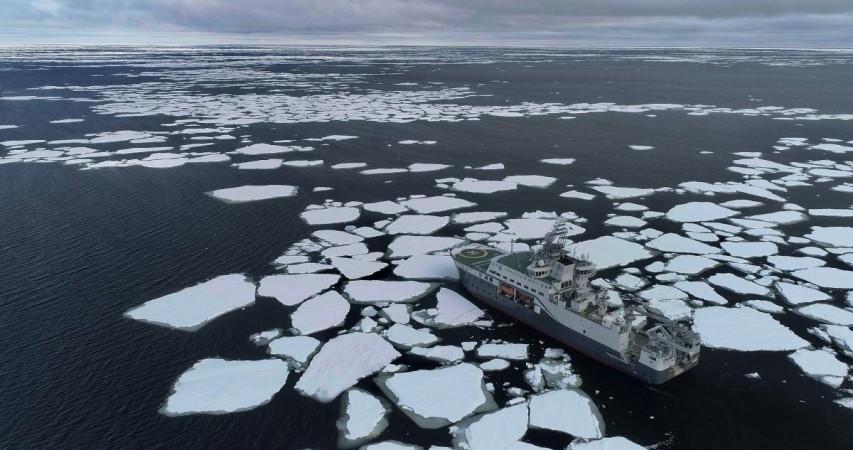
A team of Finnish researchers from the University of Helsinki has discovered promising prospects for antibiotics deep within the Arctic Sea. The team has developed a new suite of methods to test for the antivirulence and antibacterial effect of hundreds of unknown compounds derived from the Arctic Sea. This discovery could potentially revolutionize the field of medicine, particularly in the fight against antibiotic-resistant bacteria.
The researchers targeted an enteropathogenic E. coli (EPEC) strain, a bacteria that causes severe diarrhoea in children under five, especially in developing countries. The compounds tested were derived from four species of actinobacteria, a type of bacteria known for their antibiotic-producing capabilities. These compounds were tested against EPEC adhering to colorectal cancer cells, providing a unique approach to combating this harmful strain of bacteria.
EPEC causes disease by adhering to cells in the human gut. Once it adheres to these cells, EPEC injects so-called virulence factors into the host cell to hijack its molecular machinery, ultimately killing it. The discovery of compounds that can inhibit this process is a significant step forward in the fight against bacterial infections.
Two compounds, in particular, showed strong antivirulence or antibacterial activity: one from an unknown strain (T091-5) in the genus Rhodococcus and another from an unknown strain (T160-2) of Kocuria. The compound from T091-5 was most likely a phospholipid, a class of fatty phosphorus-containing molecules that play important roles in cell metabolism.

Dr. Paivi Tammela, a professor at the University of Helsinki, stated, Here we show how advanced screening assays can identify antivirulence and antibacterial metabolites from actinobacteria extracts. This statement underscores the importance of advanced screening methods in identifying potential antibiotic compounds.
Interestingly, the molecule from T091-5 did not inhibit the development of EPEC bacteria, unlike the compounds from T160-2. This makes T091-5 the most promising of the two strains, as EPEC is less likely to develop resistance to its antivirulence actions.
Using sophisticated analytical techniques, the team found that the active component from T091-5 was most likely a phospholipid. However, they noted that this is subject to further studies. The next steps, according to Dr. Tammela, are the optimisation of the culture conditions for producing the compounds in larger amounts and isolate them for further structural analysis and bioactivity testing. This includes identifying their exact structures and evaluating their effectiveness against various bacteria, a crucial step before proceeding to clinical development.
This discovery is particularly significant in the context of the global antibiotic crisis. Antibiotics are the linchpin of modern medicine, yet the rate of discovery of fundamentally new antibiotics has been much slower than the evolution of resistant strains of bacteria. The Arctic Sea, with its untapped microbial diversity, could potentially be a treasure trove for new medicines.
Historically, the discovery of antibiotics has often been linked to unique and unexpected sources. For instance, the discovery of penicillin from a mould called Penicillium notatum by Alexander Fleming in 1928 revolutionised the field of medicine. Similarly, the discovery of streptomycin, the first antibiotic effective against tuberculosis, from the bacterium Streptomyces griseus in the 1940s, marked another significant milestone in antibiotic discovery.








